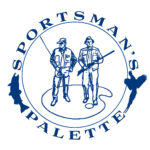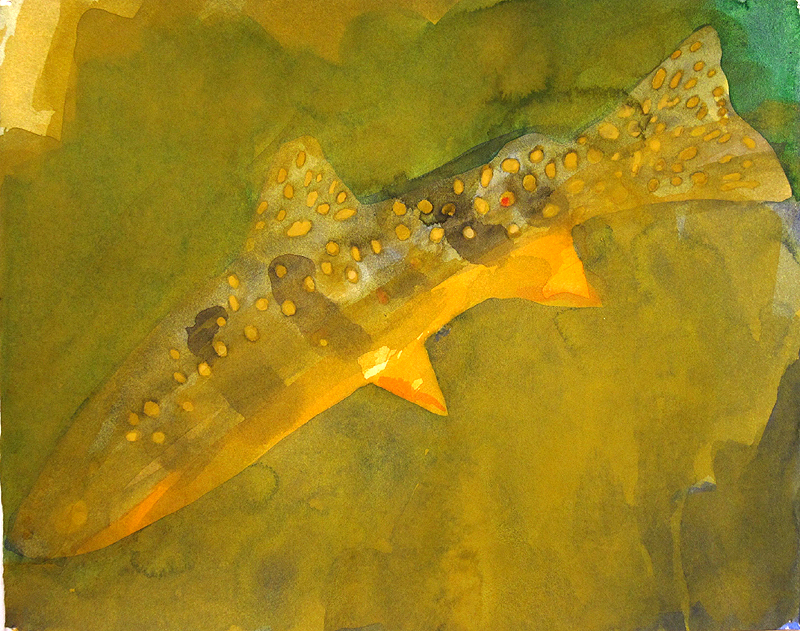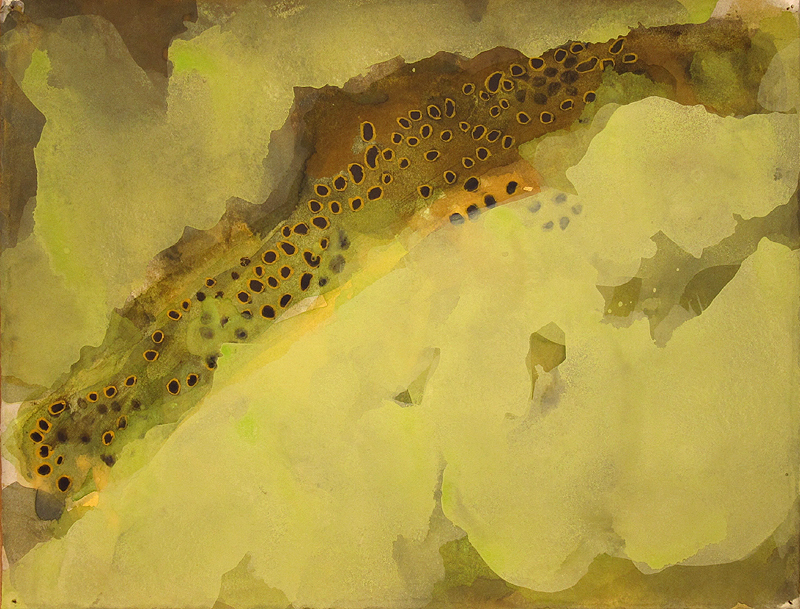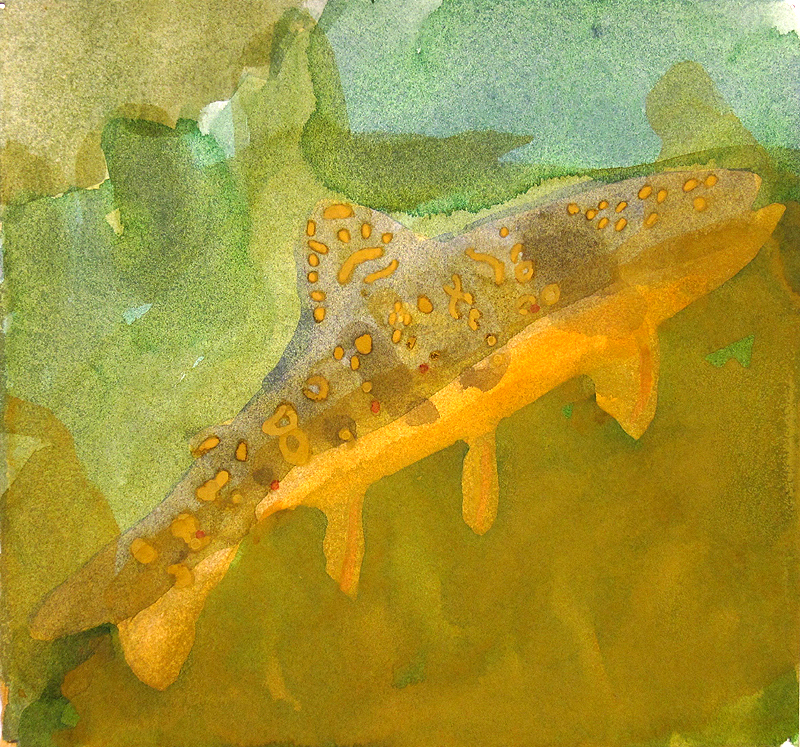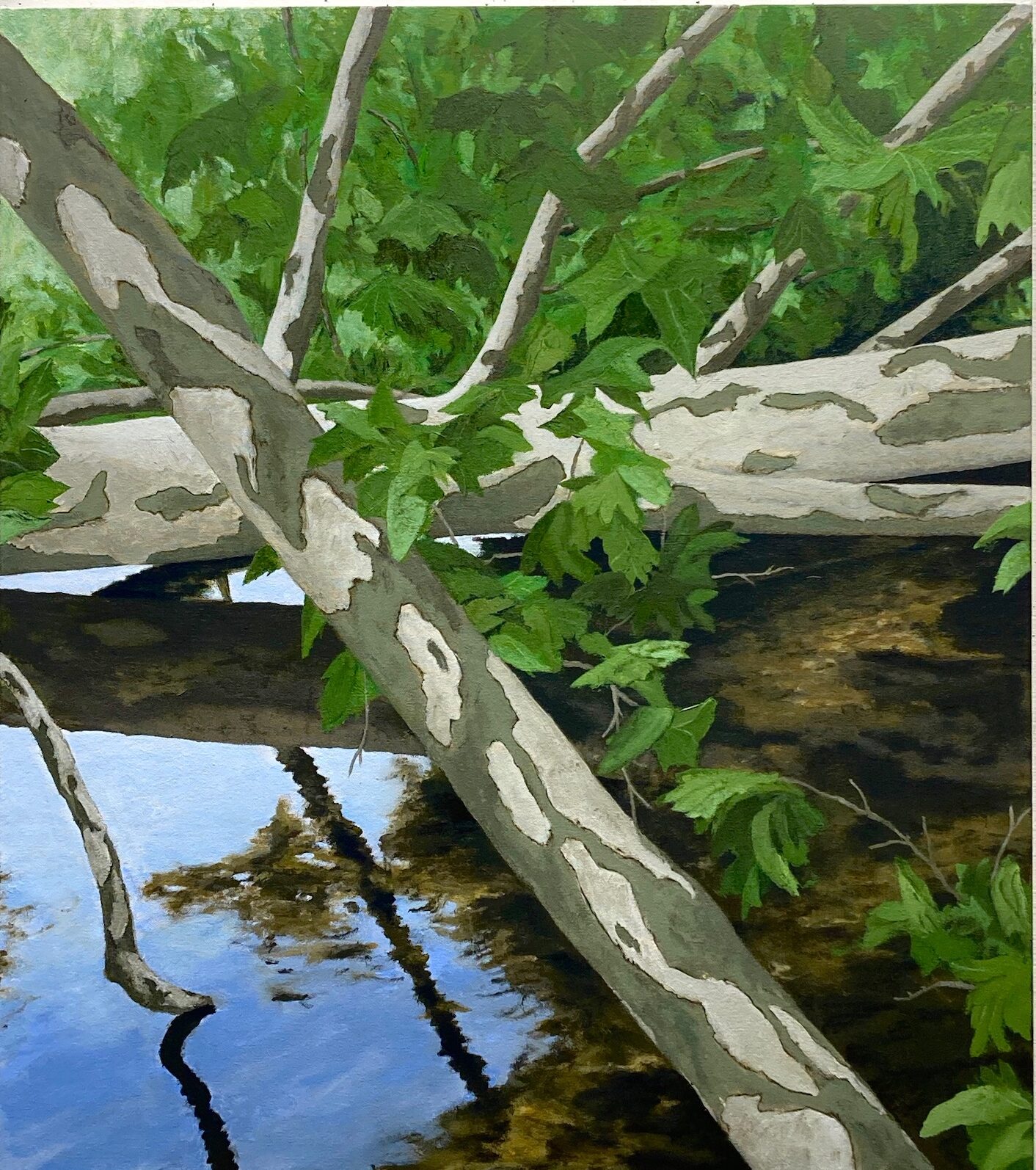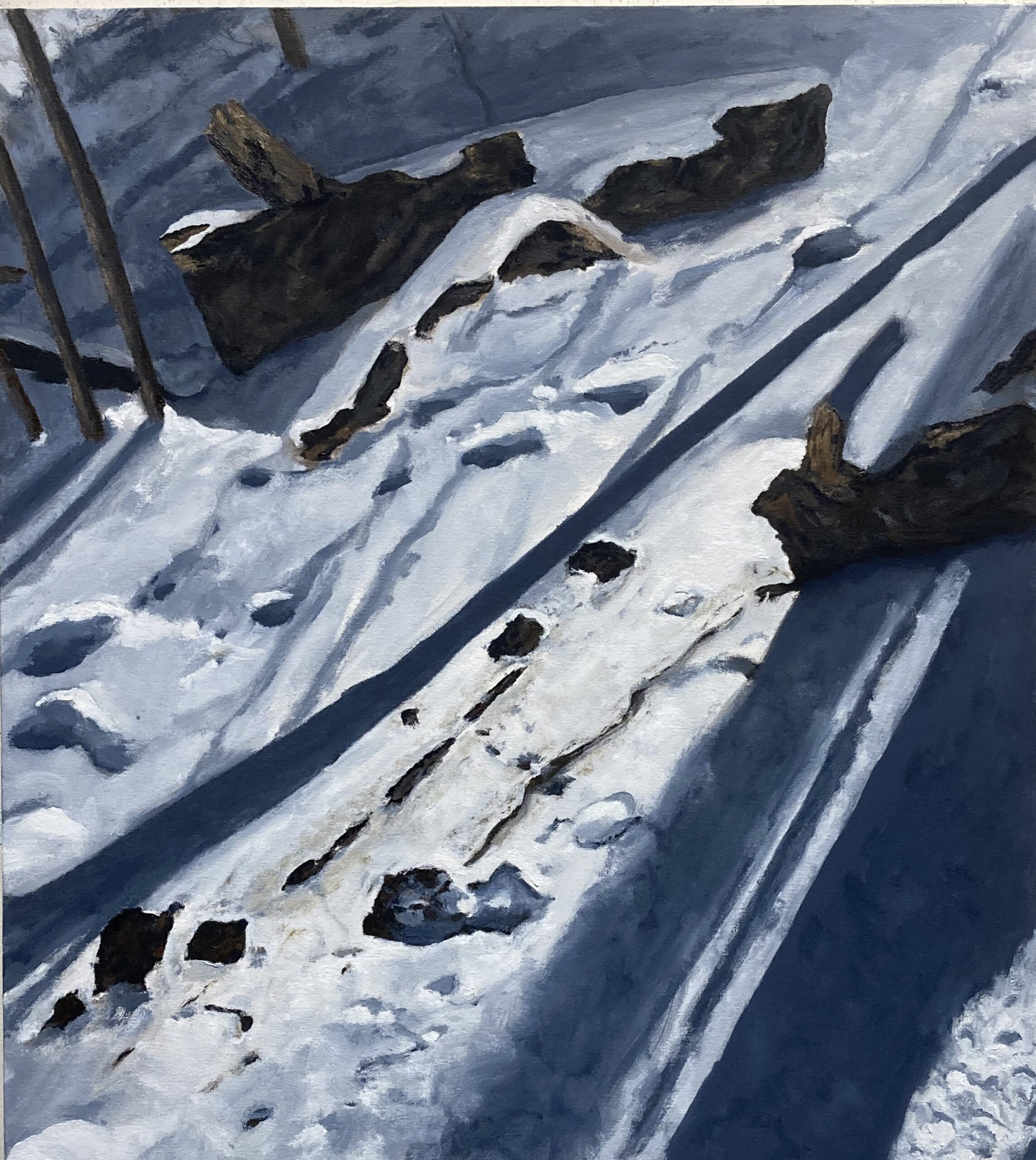Sportsman’s Palette Interviews Peter Joslin
Last week we got caught up with Vermont artist Peter Joslin, who has been busy recently creating beautiful new landscape works for Fisher Stillman – head over to his page here to check them out, and inquire here!
Keep scrolling to read our conversation with the artist:
Sportsman’s Palette: What’s your favorite thing about living in Vermont or New England in general?
Peter Joslin: My favorite thing about where we live in Vermont is its rural character. We live next to a farm and have beautiful, expansive views of farm fields, the Green Mountains and Adirondack Mountains. Accessing fairly remote areas, including the mountains, national forest and headwaters of some favorite trout streams is less than an hour away. Yet we are only a half hour drive from Burlington.
SP: Tell us about your career as an artist – what inspired you to become an artist, what inspires you to paint, what does your artistic process look like…?
PJ: I never had an “ah-ha” moment that convinced me to paint. Becoming an artist came from a strong desire to make things, and be good at it. My process varies depending on the medium. Over the last 3 years I have focused on making paintings from direct observation of tree bark, limbs, branches, and lately, what I call close proximity landscapes. Sometimes this is augmented with photographs I have taken hiking in the woods or fly fishing. Working in oil, I usually have a few paintings in progress at a time.
SP: Your body of work is very unique & intriguing from a sporting art perspective in that you focus on the patterns found in nature, rather than rendering an entire fishing scene or landscape on the canvas. Is there any one thing in particular that draws you in to focus on those patterns & detail? What speaks to you most when you’re observing nature, and how do you then translate that onto canvas, into a beautiful work of art?
PJ: My work originates from nature. What began as paintings based on a distillation of landscape evolved to work based on the miraculous markings found on the Trout species. Fly fishing in mountain streams brought me close to this remarkable species. Their markings, random and ordered, include vermiculation, parr marks, spots and halos. The color is earth-rich and varied from black to brown, ochre to moss green, and blue to red. In time, during hikes and fishing in the woods, I began to see similar randomness —and order —in the bark of various tree species. I was drawn to the endlessly subtle and extreme gradations in texture and earth colors; chalk white to cold black, light ochre to raw umber, orange to burnt sienna and the unique patterns and striations, created from growth and decay. Close observation of bark sections gradually lead to limbs, branches, and close proximity landscape. Critical to my pursuit is direct observation of the subject. I endeavor to render paintings real and authentic. The pictorial language determines to what extent this authenticity is validated.
SP: Is there any advice or wisdom you’d give to someone trying to start their career as a sporting or landscape artist?
PJ: Focus on what engages you and pursue it to your best ability. Study artists that are most important to you and ask yourself what it is about their work that you are drawn to and why.
SP: Do you have one particular favorite subject to paint?
PJ: The subject I have focused on over the last 3 years has been trees, gradually moving to aspects of landscape. What underlies most of my work is texture, pattern, design and color found in nature.
SP: If you could travel anywhere in the world to fly fish and paint, where would you choose?
PJ: I’ve never felt a need to go somewhere specific to paint; there’s plenty to keep me engaged in Vermont. Having said that, I would welcome the opportunity to work from some subject matter in Montana, Wyoming, or the Vineyards in Burgundy. Grape vines are fascinating and the wine is hard to beat!
SP: Who is your favorite artist (other than yourself), dead or alive, sporting subjects or non-sporting subjects?
PJ: I don’t have one favorite artist. It’s important for me to look at lots of painters, even those that are not directly relevant to my work, this helps me focus on what is most important. Painters that come to mind include Arthur Dove, Marsden Hartley, Albert Pinkham Ryder, Winslow Homer, Martin Johnson Heade, some of the Hudson River School, Constable, Turner, Vuillard, and Courbet. Over the last 4 years or so, I have been studying Lucian Freud’s work. Regardless of the fact that he was primarily a portrait painter, the way he handled paint and depicted his subjects is remarkable.
